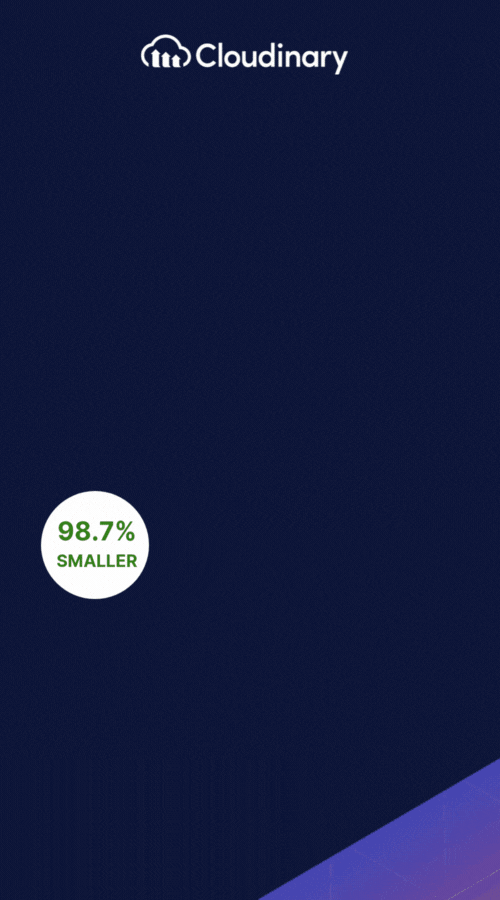Chroma subsampling is a technique that reduces the amount of data required to represent color in digital images and videos. When you see your favorite movie or TV show on DVD or Blu-Ray, the colors you’re seeing are actually represented as only half of what they should be!
What Is Chroma Subsampling?
Chroma subsampling is the process of reducing the resolution of chroma channels in digital video. It reduces bandwidth and storage requirements since the human eye processes chroma information with lower resolution than luminance information. Essentially, you can sample color information at a lower resolution while keeping good image quality.
The term “chroma” refers to color information corresponding to hue and saturation, as opposed to “luma” which corresponds to the brightness (a grayscale version of the image).
How Does Chroma Subsampling Work?
Chroma subsampling is a technique used to reduce the amount of data needed to store or transmit video signals. It works by reducing the resolution of chroma (color) information in an image while keeping luma (luminance) intact. While it is a relatively crude way to reduce the amount of image information, it can help reduce the cost of hardware implementations of codecs, since memory buffer sizes can typically be cut in two.
The most common way to do chroma subsampling is often referred to as 4:2:0 or yuv420. It corresponds to reducing both the horizontal and vertical resolution of the two chroma channels to half of the original dimensions. While the luma resolution is not changed, the amount of chroma samples is divided by four in this way (since both dimensions are halved). Instead of having twice as many chroma samples as luma samples — as would be the case without chroma subsampling, also referred to as 4:4:4 or yuv444 — now there are only half as many chroma samples as there are luma samples. A group of 4 pixels is represented by 4 luma samples and 8 chroma samples in yuv444, while it requires only 4 luma samples and 2 chroma samples in yuv420. The overall amount of data is therefore exactly halved.
It’s used in digital TV, Blu-ray, DVD, and Internet streaming applications such as Netflix or YouTube videos, as well as still image formats such as JPEG and WebP.
To get started with Cloudinary and get your media up to modern standards, you can sign up for free today!


